Why Does This Happen to All Russian Tanks?
Last updated: May 7, 2023
Russian tanks have design flaws that make them vulnerable to enemy attacks.
The Soviet Union focused on quantity over quality and believed that their massive army could neutralize the West's technological advantage.
Crew survivability was not a priority for the Soviets, so they did not bother including blowout panels to protect the crew in case of an explosion.
They also put their ammunition in the turret, seating most of the crew directly over highly explosive ammunition which made every Soviet tank crew member at risk of being turned into a volunteer cosmonaut.
Anti-tank guided missiles (ATGMs) are usually fired in high trajectories that see them come down on the tank from above, forming an explosively shaped penetrator milliseconds before impact that disables a tank.
- Russian tanks were designed for quantity over quality
- Crew survivability was not prioritized by the Soviets
- Russian tanks' ammunition is stored in the turret, putting the crew at risk in case of an explosion
- Anti-tank guided missiles (ATGMs) are the primary destroyer of Russian tanks, making them vulnerable in modern warfare
- Using infantry to neutralize enemy anti-tank teams is important in armored assaults
- The US Marines prioritize infantry training, while Russian tankers become temporary airmen

Tank design philosophy 00:20
- The T-72 and T-80 tanks were developed by the Soviet Union to take on western tanks in a nuclear battlefield.
- The Soviet Union's approach to tank design was to focus on quantity over quality.
- The West, on the other hand, focused on technology and packed their tanks with sophisticated armor and firing computers.
- The Soviets believed that their massive army could neutralize the West's technological advantage.
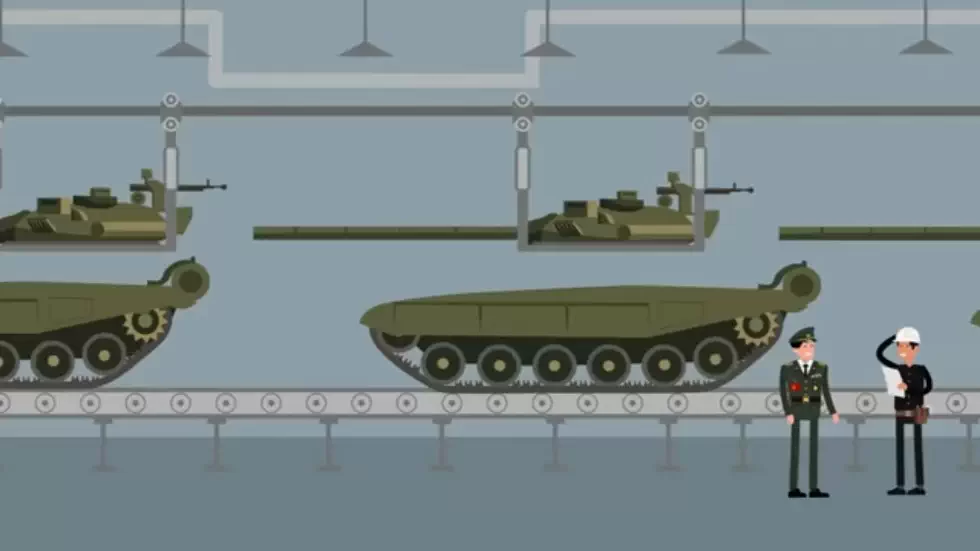
Crew survivability 02:26
- In the West, crew survivability was given a premium.
- The Soviet forces, however, were designed to be almost expendable.
- The Soviets believed that they were going to take massive losses anyway, so they did not bother keeping units resupplied.
- The Soviets did not include blowout panels, which would protect the crew in case of an explosion.
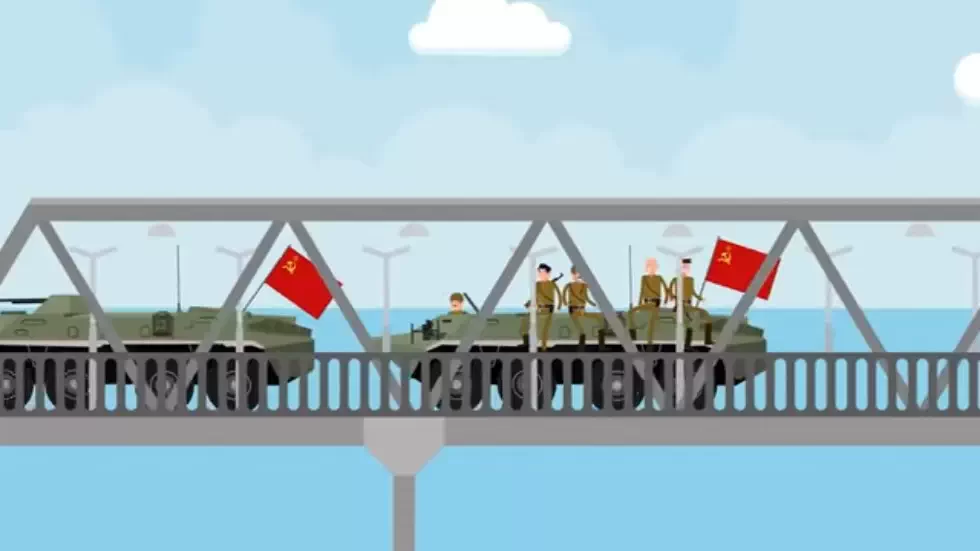
Jack in the box flaw 04:30
- The Soviets put their ammunition in the turret, seating most of the crew directly over highly explosive ammunition.
- This design flaw is called the "jack in the box" flaw.
- The Western tanks had blowout panels that would funnel the explosion harmlessly out of the tank.
- The Soviets did not have blowout panels, and thus every single Soviet tank crew member was at risk of being turned into a volunteer cosmonaut.
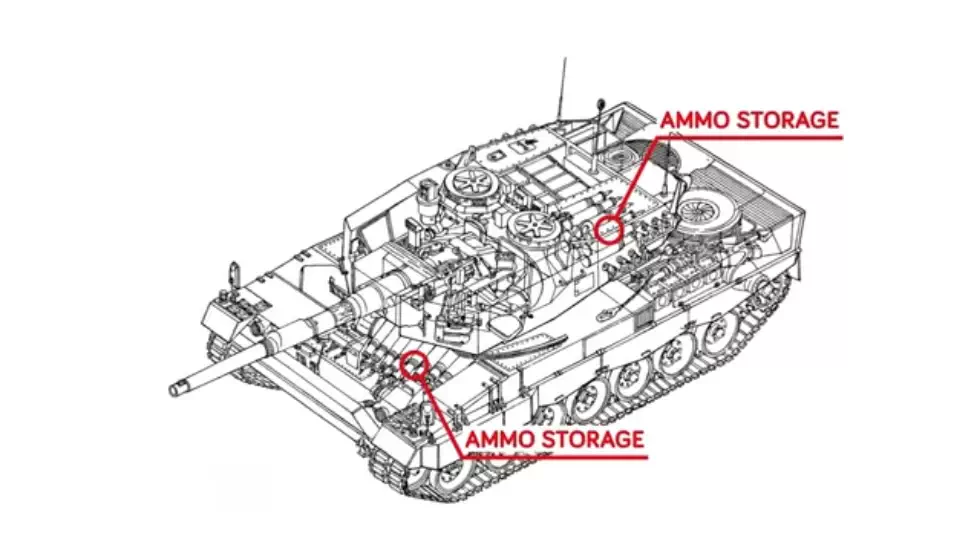
ATGM and anti-tank mines (318, 383)
- Anti-tank guided missiles (ATGMs) are usually fired in high trajectories that see them come down on the tank from above, forming an explosively shaped penetrator milliseconds before impact that disables a tank.
- In the old days, ATGMs would try to bore straight through tank armor itself to kill the crew inside.
- Today, ATGMs are not explosive themselves but are meant to disable the turret and destroy mechanical and electronic components in the way.
- Tanks sacrifice armor plating on the top of the tank, which is statistically the least likely part of a tank to get hit.
- Large anti-tank mines detect the vibration of tank treads and, after a short delay, fire an explosive blast upwards.
- Tanks are designed to drive over minefields, so they have some protection from mines.
- Anti-tank mines are between five to ten times the size of an anti-personnel mine.
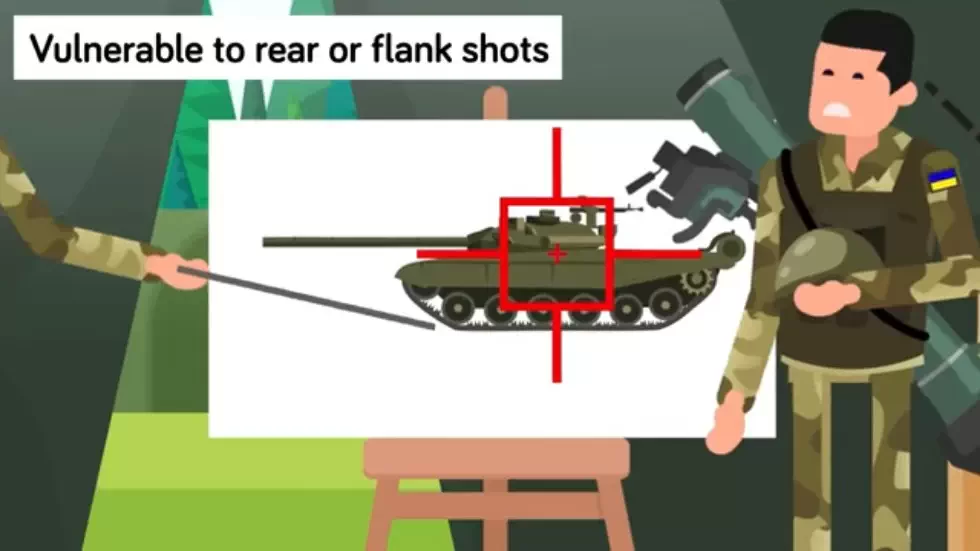
The problem with Russian tanks 06:48
- The main problem with Russian tanks is that explosions go off directly under the ammo storage, which is dangerous for the crew.
- Although the crew is likely to survive rolling over an anti-tank mine, their tank will likely be disabled.
- The issue with tanks is that they expose the crew to explosive primers, which are just inches away from them.
Russia's performance in the turret tossing Olympics 07:06
- Russia has been aggressively winning the turret tossing Olympics in Ukraine.
- Some turrets have been calculated to have been blown as high as 250 feet in the air.
- Turrets have even been found lodged in the upper floors of Ukrainian apartment buildings.
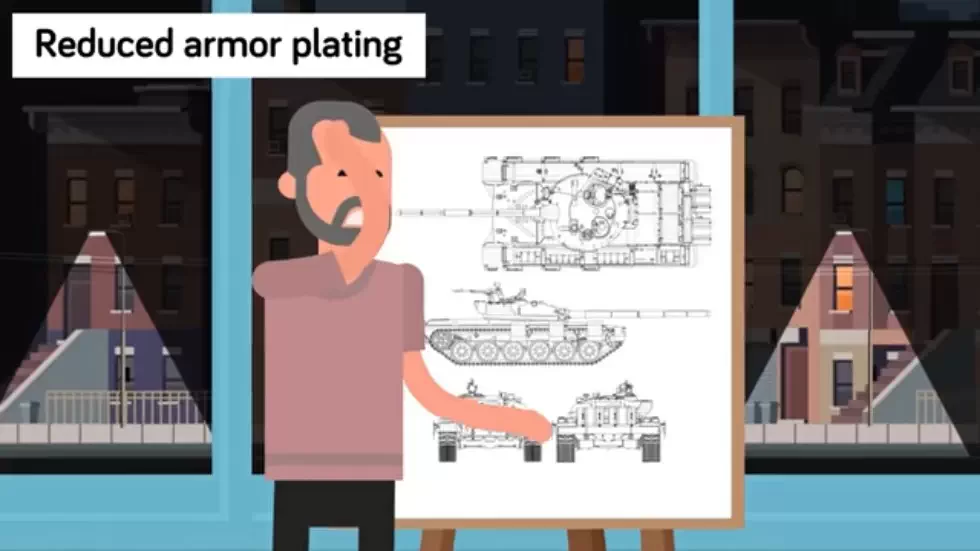
The bad allergy of tanks to anti-tank guided missiles 07:39
- Tanks have a terrible allergy to anti-tank guided missiles in modern warfare.
- Man-portable ATGMs are the primary destroyer of Russian tanks in Ukraine.
- This is not a threat unique to Russia, as US and coalition tanks faced the threat of ATGMs during both invasions of Iraq.
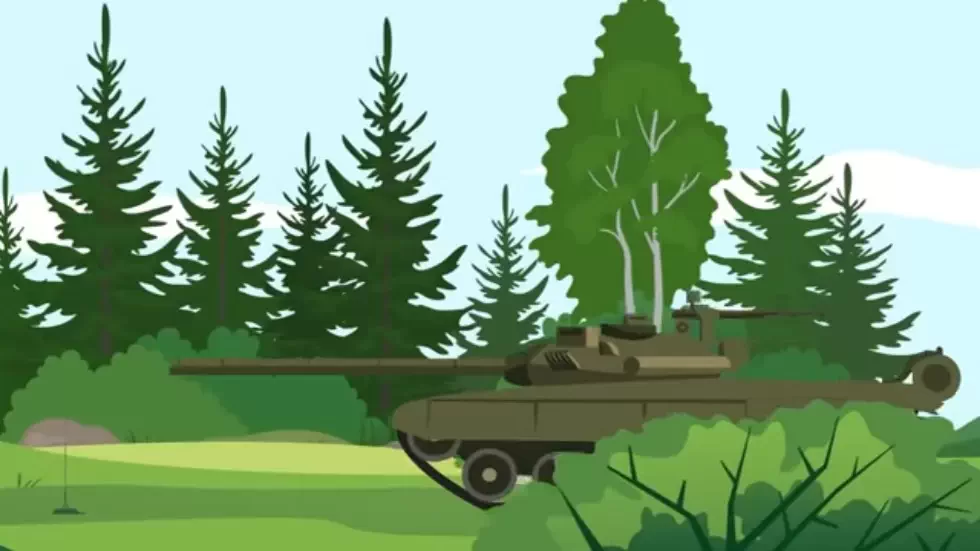
The importance of infantry in armored assaults 08:03
- The best way to protect tanks from enemy infantry with anti-tank missiles is not more tanks.
- In the west, armored assaults are backed up with infantry, whose job is to neutralize enemy anti-tank teams.
- Yet despite having their tanks wrecked by Chechnya in the first Chechen war, Russia continues to fail to use infantry and armor side-by-side.
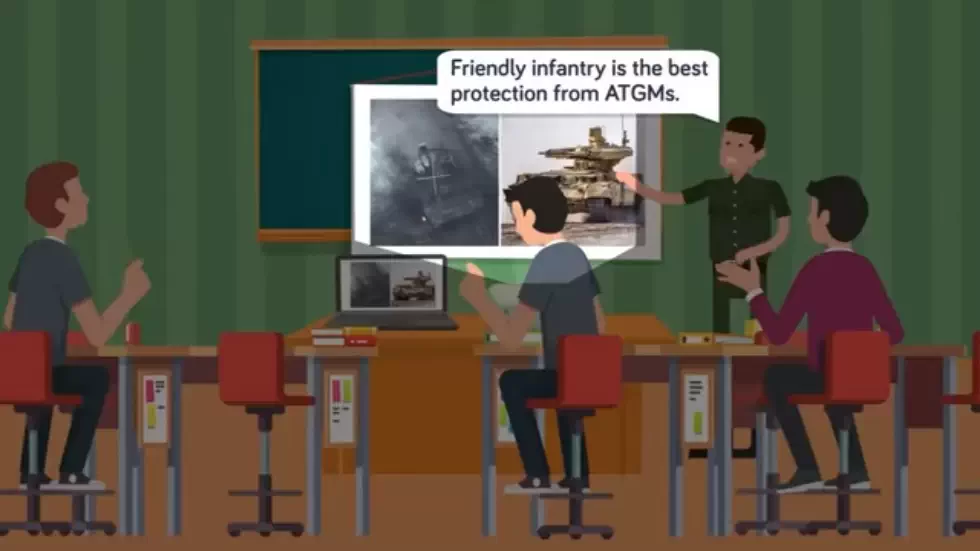
Russia's failure to use infantry and armor side-by-side 08:16
- Russia has not learned from its previous mistakes, as it continues to fail to use infantry and armor side-by-side.
- Without infantry support, Russian tanks have been getting mauled by western ATGMs.
- Russia's attempts to break turret tossing world records have slowed down in recent months because they have had to consolidate their remaining tanks and only use them sparingly.
The importance of infantry in the US Marines 08:59
- In the US Marines, every Marine, despite their job, is a rifleman.
- In Russia, due to bad design, every tanker is briefly an airman.
Stay tuned for the next batch of notes.
